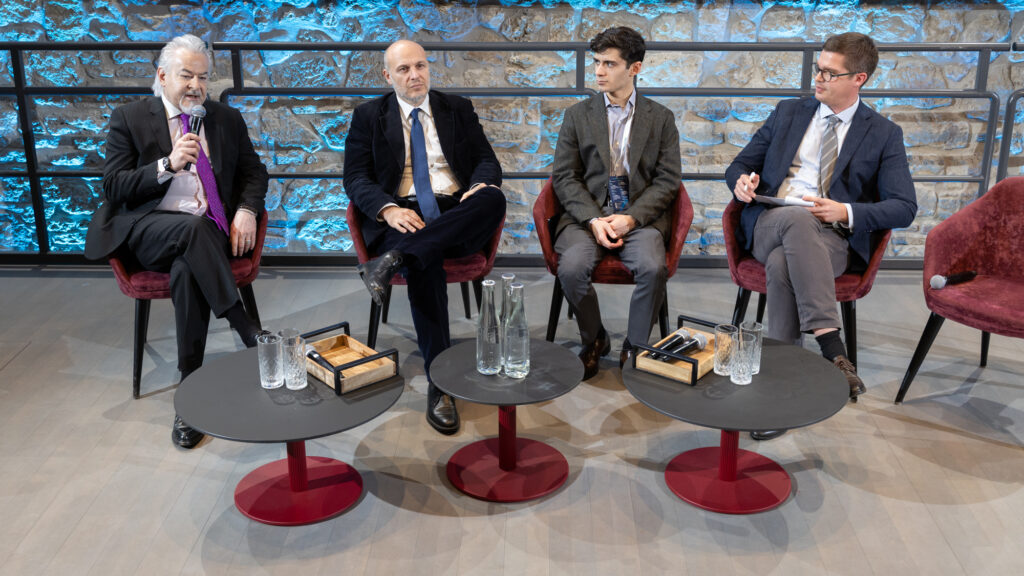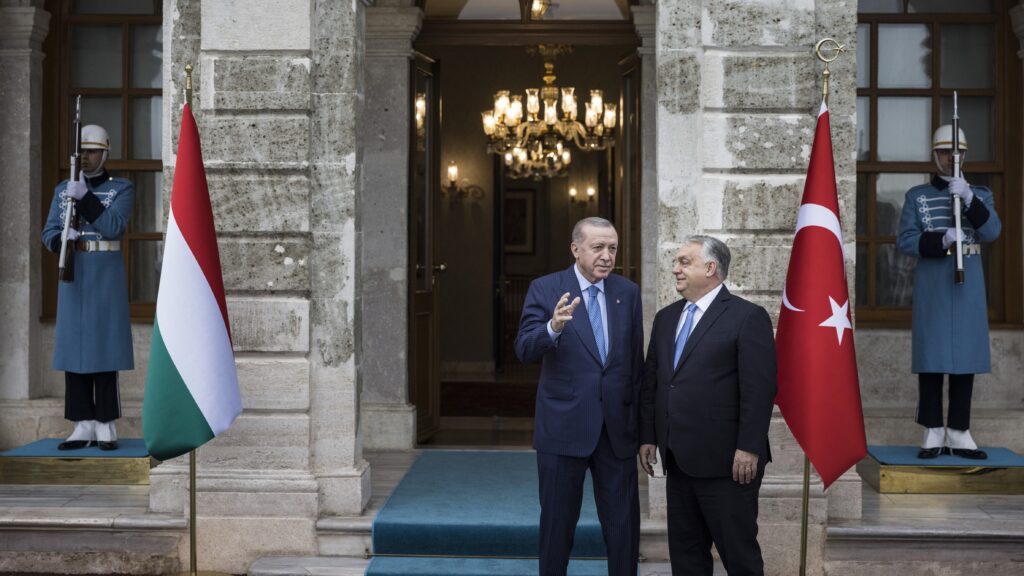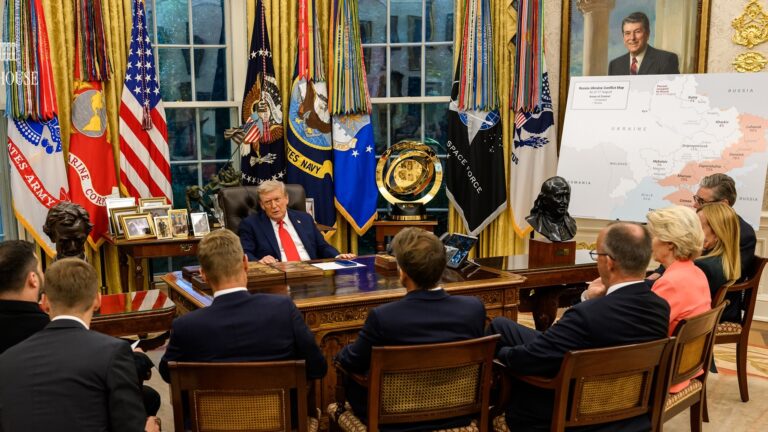One of the most contemporaneous controversial issues in geopolitics is the juridical status of the self-governing island of Taiwan and its government in Taipei, which its roughly 23 million inhabitants officially call the Republic of China (ROC).
This is due to what the Preamble of the Constitution of the People’s Republic of China (PRC) says of the 35,000 square metre island off the coast of its mainland:
‘Taiwan is part of the sacred territory of the People’s Republic of China [PRC]. It is the sacred duty of all the Chinese people, including our fellow Chinese in Taiwan, to achieve the great reunification of the motherland.’
Taiwan is the only democratically-run Chinese society in the world—Singapore, while having a parliamentary democracy, does not fall under this category since its populace is multi-ethnic: 75.5 per cent Chinese, 15.1 per cent Malay, 7.6 per cent Indians, and 1.8 per cent Eurasian and others.
For decades, the island of Taiwan has been threatened to be taken over by the PRC, by force, if necessary. With the upcoming APEC (Asia-Pacific Economic Cooperation) forum scheduled to take place in South Korea next month, the future of Taiwan, which will participate as ‘Chinese Taipei’, remains obscure, especially in light that while most of the international community does not recognize it as an independent and sovereign nation-state, some treat it as such.
A Complex History
Taiwan was a self-governing island until it became a Dutch colony in 1624; it then regained its independence in 1662 before being taken over by the Qing dynasty in 1683, which then ceded the island to Imperial Japan in 1895 after it lost the First Sino-Japanese War. Even though the ROC was officially proclaimed as a sovereign country on 1 January 1912, after the deposition of the last Qing emperor the year before, Taiwan did not revert to Chinese rule, vis-à-vis the ROC until Japan lost to the Allied Forces in World War II in 1945—Japan only officially renounced sovereignty over the island in 1952, after the signing of the San Francisco Peace Treaty in 1951.
When the ruling Chiang Kai-shek and his Kuomintang (KMT) Party were defeated by Chairman Mao Zedong’s communist rebels during the Chinese Civil War in 1949, thereby giving birth to the PRC, they fled and settled in Taiwan while still claiming to be the legitimate government of mainland China. Hence, the era of the ‘Two Chinas’, that of the PRC and ROC began. This duality was not exclusive to China, for at that time there were two Germanys (East and West) that were reunited in 1989, as well as two Koreas (North and South), which are still officially at war with each other.
The ROC instantaneously received recognition by the international community—more so, as it became a founding member of the United Nations. It, however, lost its seat in the UN in 1971, when the General Assembly adopted Resolution 2758, which ‘recogni[zed] the representatives of the Government of the People’s Republic of China [as] the only lawful representatives of China to the United Nations and that the [PRC] is one of the five permanent members of the Security Council’; and ‘[decided] to restore all its rights to the [PRC] and to recognise the representatives of its Government as the only legitimate representatives of China to the [UN], and to expel forthwith the representatives of Chiang Kai-shek from the place where they unlawfully occupy at the [UN] and in all the organisations related to it.’
Ambiguous Recognition
Beijing asserts that any effort put forth by the Taiwanese government to proclaim its independence would be seen as an act of war and would thus be met with a military invasion. In addition, the PRC demands that no nation or state may conduct official diplomatic relations with both itself and Taiwan. As of today, the ROC maintains full diplomatic relations with 11 of the 193 UN member states, as well as with the Holy See (Vatican City)—just like the State of Palestine, the Holy See is a Permanent Observer.
Leading members of the Taiwan United Nations Alliance, established in 2003 as an advocate for Taiwan’s membership in the UN, have fiercely refuted the Chinese Communist Party’s (CCP) claim that Taiwan has always been part of China, given the island’s indifference to its existence from China’s emperors. Their argument is that Resolution 2758 did not necessarily strip Taiwan of its international status, but rather that of Chiang Kai-shek and the KMT.
The conundrum, as stated above, is that Taiwan is treated by a great part of the international community as if it were a country of its own. Both the European Union and the United States, for example, maintain bilateral relations with Taiwan under the name Taipei Economic and Cultural Representative Office; it is also known as Taipei Economic and Cultural Office and the Taipei Representative Office or Taipei Mission, depending on the country it relates to.
The same goes for Hungary, which acknowledged Taiwan in 1990 as the Taipei Business Office (in Hungary)—the name was later changed in 1995 to Taipei Representative Office. The Hungarian government simultaneously established in 1990 the Hungarian Trade Office in Taipei, representing Hungary’s official presence in Taiwan.
The reader may ask: ‘Why does this matter?’ Perhaps the answer is that Taiwan is a reminder to the PRC and its 1.4 billion subjects that Chinese individuals—the majority being Han in Taiwan—can live as a prosperous and free people, as they have proven themselves to be. And, in the face of military threats from Beijing, a solid understanding of Taiwan’s complex socio-political history could help lay the groundwork for a viable and peaceful agreement, thereby avoiding war.
Related articles:







